Imagine two circles on a Venn diagram: one representing board game fans, the other representing those that love birdwatching (or birding). Now imagine these two circles orbiting closer until they overlap and achieve a total eclipse. It’s within this perfect circle where you’ll find Elizabeth Hargrave’s board game Wingspan — a surprise smash hit and 2019 Kennerspiel des Jahres winner that has made her a household name for gamers and birders alike.
Wingspan is an engine-building card game where players collect birds and play them on their tableau of “habitats” in optimal combinations to collect food, lay eggs, attract more birds, and score the most victory points. The deck is comprised of 170 cards, each depicting a unique bird species found in North America. The detailed and original artwork by Natalia Rojas and Ana Maria Martinez Jaramillo conjures a beautiful, Sibley Guide-style.
Wingspan was released by Stonemaier Games in March 2019 — and soared instantly. The game’s unique pairing of bird-watching theme and collection/engine mechanics had irresistible crossover appeal. The first printing promptly sold out. As did the second, third, fourth, and fifth, with a flock of future printings promised. Wingspan-watching has become as common as birding, as eager fans peep for new copies in the wild — everywhere from The Audubon Shop to Bed, Bath, & Beyond.
A birdsong of press covered the Wingspan phenomenon, including pieces from non-gaming magazines such as Smithsonian, Nature, and Audubon, as well as a splashy profile in The New York Times Science section.
And then awards for Wingspan came home to roost: a Play Creators Award for Tabletop Game Designer of the Year. A Berlin Con Award for Best New Designer. The Deutschen SpielePreises (essentially the “People’s Choice” Award). And the brightest feather in Wingspan’s cap was the 2019 Kennerspiel des Jahres — part of the Spiel des Jahres family of prizes and considered to be the pinnacle of excellence in boardgaming.
In the (Wing)span of six months, Elizabeth Hargrave achieved board game ubiquity and is still flying. There’s newly released Tussie Mussie, a two-player 18-card microgame that was a 2018 GenCant co-winner and Button Shy Games’ second most successful Kickstarter campaign in company history. Currently she’s developing a new game for AEG, and has partnered with Pandasaurus Games to release a game in 2020.
Meeple Mountain had the pleasure of speaking to Elizabeth about her whirlwind year. The interview was conducted via email in the Summer of 2019 just after her Spiel-winning weekend in Berlin, Germany.
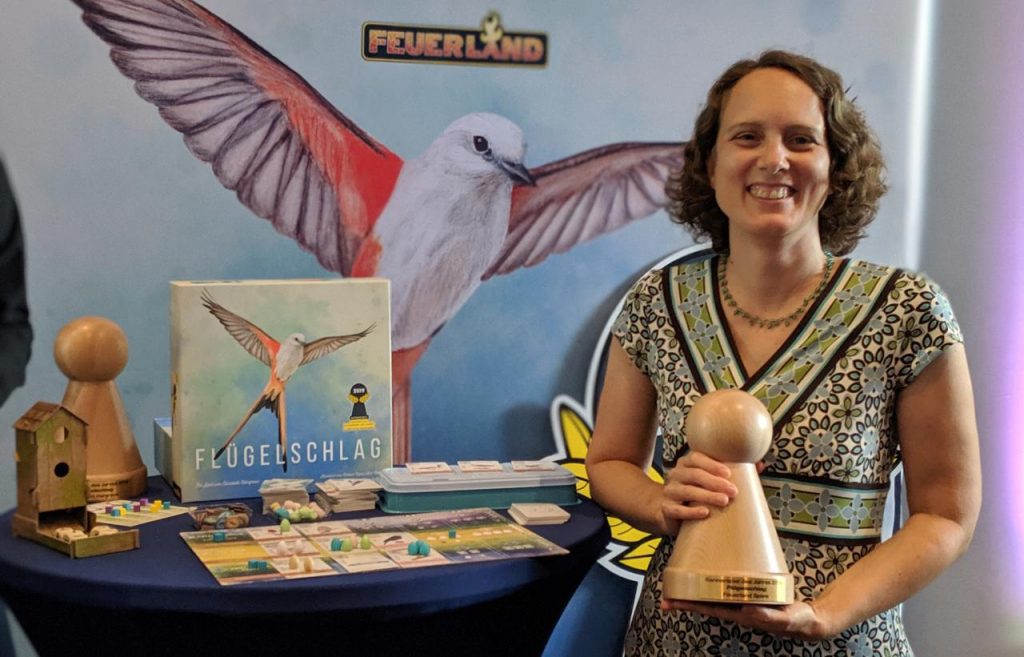
Meeple Mountain (MM): Congratulations on your Kennerspiel des Jahres win for Wingspan! You were in Berlin, Germany for the ceremony. Do you have a memorable Spiel des Jahres-related moment?
Elizabeth Hargrave (EH): Ignacy Trzewiczek snapping a selfie with me and Stefan Feld just before the ceremony started. Getting a bear hug from the German minister of culture and media after she had me sign her copy of the game. Reiner Knizia wearing a llama costume.
MM: Where do you keep your Kennerspiel des Jahres award?
EH: My game shelf is a stereotypical Kallax [from Ikea], and in one of the square cubbies is my copy of Wingspan with the Kennerspiel trophy in front of it.
MM: What does winning the Kennerspiel for Wingspan mean to you? Were there moments during your design journey that you visualized receiving such acclaim and success for the game?
EH: No, I never could have imagined that my first game would take off like this. Honestly I’m not sure how to articulate what it means to me personally. I’m happy that my game is making people happy and hopefully helping to grow the hobby in interesting ways.
MM: Like many designers in the industry, game design is not your full-time occupation. What’s it like to (presumably) be the only Kennerspiel winner at your office?
EH: I’m a freelance consultant and work from home, so mostly it consists of my husband teasing me periodically about being famous. But the main client that I’ve been working with for years has a couple of board gamers on staff. So they get it, and have been super excited to follow everything this year. I actually had a site visit scheduled with them for the week of the Spiel des Jahres, and they very graciously told me I should skip part of it and go to Berlin [for the awards ceremony].
MM: What are your first fond memories of a game?
EH: My family played lots of mass market games: Candyland, Sorry, Scrabble, all that stuff. I recently played Sorry! with my friend’s kids and immediately apologized to my parents for all the times I made them play it with me. But as a kid, it’s an enjoyable game: lots of tension over dice rolls, and permission to beat up on the adults you’re playing with.
MM: What is your desert-island favorite game?
EH: Ugh, I hate having to pick. I just did an episode of 5 Games for Doomsday and I said I’d take Castles of Burgundy, Race for the Galaxy, Between Two Castles of Mad King Ludwig, Wingspan, and a deck of cards.
MM: What is your favorite gateway game to recommend (other than yours!)
EH: We rent our house on Airbnb a lot. I tend to leave out Kingdomino, Splendor, and Junk Art on top of the game cabinet so people will try one of those first.
MM: How long have you been birding?
EH: Depends on how you count. My mom had a degree in biology that included some ornithology coursework, so I grew up just knowing a certain number of birds as long as I can remember. I’ve owned my own binoculars and field guide since maybe 2002. I got more serious about it around 2013 or so.
MM: What’s your most memorable bird sighting experience this year?
EH: I was at Tikal for three days in January, and there were rare orange-breasted falcons hanging out on the main plaza. Early one morning we saw one catch another bird in flight and take it up to the top of a temple to eat it.
MM: What’s your current favorite bird in the Wingspan deck?
EH: Just as a bird, the roseate spoonbill, because it’s big and pink and has a crazy bill. How the heck did evolution end up with that?

MM: It’s been mentioned that Wingspan will release expansions that include bird species from all over the world. The first is scheduled for Fall 2019. Did you have direct input and involvement in the development of future Wingspan content?
EH: Oh yes, the same team is done with the first expansion and starting to work on the second one, with me as the designer and artists Natalia Rojas and Ana Maria Martinez Jaramillo once again drawing all the birds. Each expansion is for a different continent. And I’ve sort of mapped out a high-level concept of what I would include for each continent’s expansion.
If you’re a fan of birdwatching make sure to check out our review of Birds of a Feather.
MM: The New York Times article noted that at one point your data set for Wingspan consisted of five hundred and ninety six rows by nearly one hundred columns. In addition to the “spreadsheet ninja” skills you’ve acquired as a health policy consultant, in what other ways has your job and job experiences informed you as a game designer?
EH: I’d say the other big set of job skills is that I run a lot of focus groups. I think that made me very comfortable picking playtesters’ brains, and good at trying to get to what they’re really saying. And I’ve always been a decent writer, good at thinking about how to organize complicated information, which doesn’t hurt for rules and even things like card layout.
MM: You’ve said (via the Ludology podcast) that during Wingspan’s development some felt that the game’s theme was not “mainstream” enough (which is difficult to believe now). Were there suggestions made in playtest as to how to replace the bird theme?
EH: When people suggested that I wouldn’t be able to sell a game with a bird theme, I got the sense that they just thought it was weird and very niche. Especially back in 2014 when there just weren’t as many games going in new directions, theme-wise.
But that was only during very early feedback. As I kept developing and really doubling down on the theme and integrating it into the gameplay, people kind of got what I was trying to do, and thought it was cool.
MM: Tussie Mussie is another tactical card game with a nature theme (flowers). The major difference with Wingspan is in scale: while there are 170 unique bird cards in Wingspan, there are only 18 flower cards in Tussie Mussie.
Was there any shared design DNA between these games while in development? Was there an added attraction for you to be working on a microcard game given Wingspan’s vast complexity and larger design footprint?
EH: Oh my god, it was so refreshing to work on a tiny game after wrapping up that Wingspan deck! The DNA that Wingspan and Tussie Mussie share is probably that they’re just pleasant, friendly games. You’re not attacking anyone, you’re just immersed in a pretty world where you get to build something.

MM: How many iterations did Wingspan go through from initial idea to final concept? And how many for Tussie Mussie?
EH: Oh for Wingspan it’s uncountable. I didn’t even try to keep track. I was working on it for years. Tussie Mussie was much quicker. It was for the GenCant contest, and I think there was only a month or six weeks between when they announced the contest and when it was due. That was maybe four drafts, depending how you count. I mean, almost every playtest will result in at least little tweaks.
MM: How much did you know about the Victorian-era fad of coded flower communication before designing Tussie Mussie?
EH: Just that it existed. I definitely had to look up all the flavor text that ended up on those cards!
MM: Since Wingspan and Tussie Mussie’s themes (birds and flowers) are paired to your own interests, would you consider yourself a “theme first” designer?
EH: Definitely for Wingspan and a couple other games that I’m working on, I started entirely theme first and tried to figure out what a game would be like that tells the story I want to tell. For Tussie Mussie it was more 50-50. For that contest, I started by deciding to try an I-split-you-choose mechanic, and immediately pulled flower language off my running “someday” list as an obvious fit for the mechanic.
MM: You’ve teased butterfly migration and fox domestication as future game themes, and have said you want your games to be “sneakily educational.” Will this always be a guiding principle for you in future game designs?
EH: Not necessarily educational and nature-based, but I’d say it’s very likely that all of my games will be based in the real world in one way or another. I read some science fiction and fantasy, but it just doesn’t have the same pull for me as it does for a lot of other designers. I do get really fascinated by cool stuff that actually exists in the world, and I want to show it to people, to make other people go, “oh wow, that IS interesting!”
MM: There have been sexist comments posted on social media and game-related forums during Wingspan’s rise in popularity. Thankfully they were dealt with quickly and professionally.
MM: Have you experienced sexism in the boardgame community or industry?
EH: I purposely protected myself from certain corners of the internet just before Wingspan came out, and maybe because of that, I haven’t really come across some of the ugliness and harassment that some of my friends have. It might be out there and I’m just not seeing it.
The thing that was hardest for me was starting out as a new designer and having to repeatedly go to playtesting events where I was the only woman. It’s just weird and uncomfortable to walk into a room and very visibly be the only person like you. Even if none of the guys really care, I guarantee a lot of women are on edge in that situation. Me being the only woman in the room is less common now than it was 5 years ago. I like to think that maybe my being in the room made it easier for the next several women to come and keep coming back.
MM: In the 40-year history of the Spiel des Jahres there have only been 10 women designers who have won the award. Of those winners just five have received sole design credit, and only one other woman before 2019 had sole design credit as a Spiel des Jahres or Kennerspiel winner.
MM: With Wingspan’s high profile you’ve had a platform to spotlight the lack of diversity and gender equality in game design and the boardgaming community (and are vocal about it). What more can we all do to amplify and advocate for more inclusion?
EH: For content creators, I think the most important thing is to seek out women who are doing cool stuff in the industry and show off their work. I made a list of 200 women designers.That will make other women feel more welcomed and less alone, and start normalizing the idea that women belong here.
For publishers, I think the single most important thing is to resist the (understandable) impulse to only work with designers who have already been published, because that just reinforces the status quo. We have to create pathways for new people to break into the industry. Some publishers, like AEG, Pandasaurus, and Jellybean, have been pretty vocal about actively wanting to diversify their lineup of designers. They will get some blowback for it, but they also stand a good chance of finding another breakthrough hit. New designers are going to keep redefining what games look like and who they appeal to.
For other designers and gamers, sometimes you need to reach out and find people to create the mix you want. I think for too long people have assumed that if women aren’t showing up, it’s because they’re not interested. But maybe they’ve never been asked, or they’ve been made to feel they’re not wanted at some point in the past. Are the women in your circles getting relegated to childcare while all the men game? Are the games you’re choosing not interesting to the women you’re inviting? Are there things you could be doing to help new gamers and new designers make personal connections that will keep them coming back?
It’s headed in the right direction, but it’s a sign that something is really off in an industry when the numbers are so skewed in one direction. This gender dynamic didn’t arise overnight and it will take time for things to even out. But I think it would take forever without people consciously working on it. I can’t speak for all women or come up with all the solutions single-handedly, but I’m sure not going to stop bugging people about the situation.


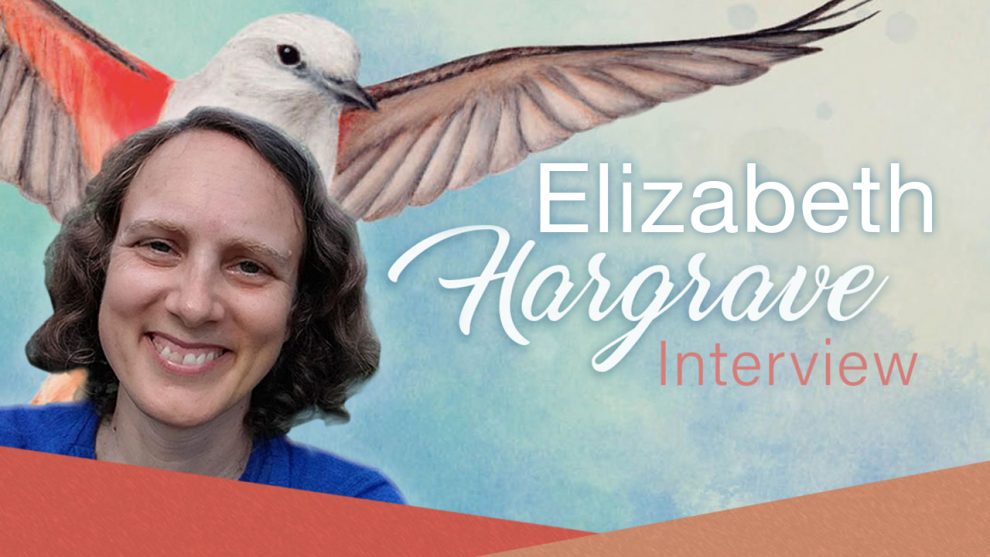
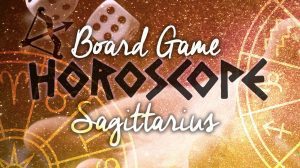

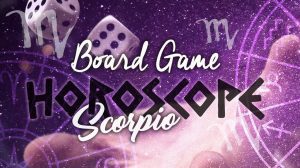
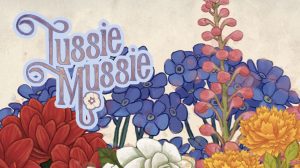




Add Comment